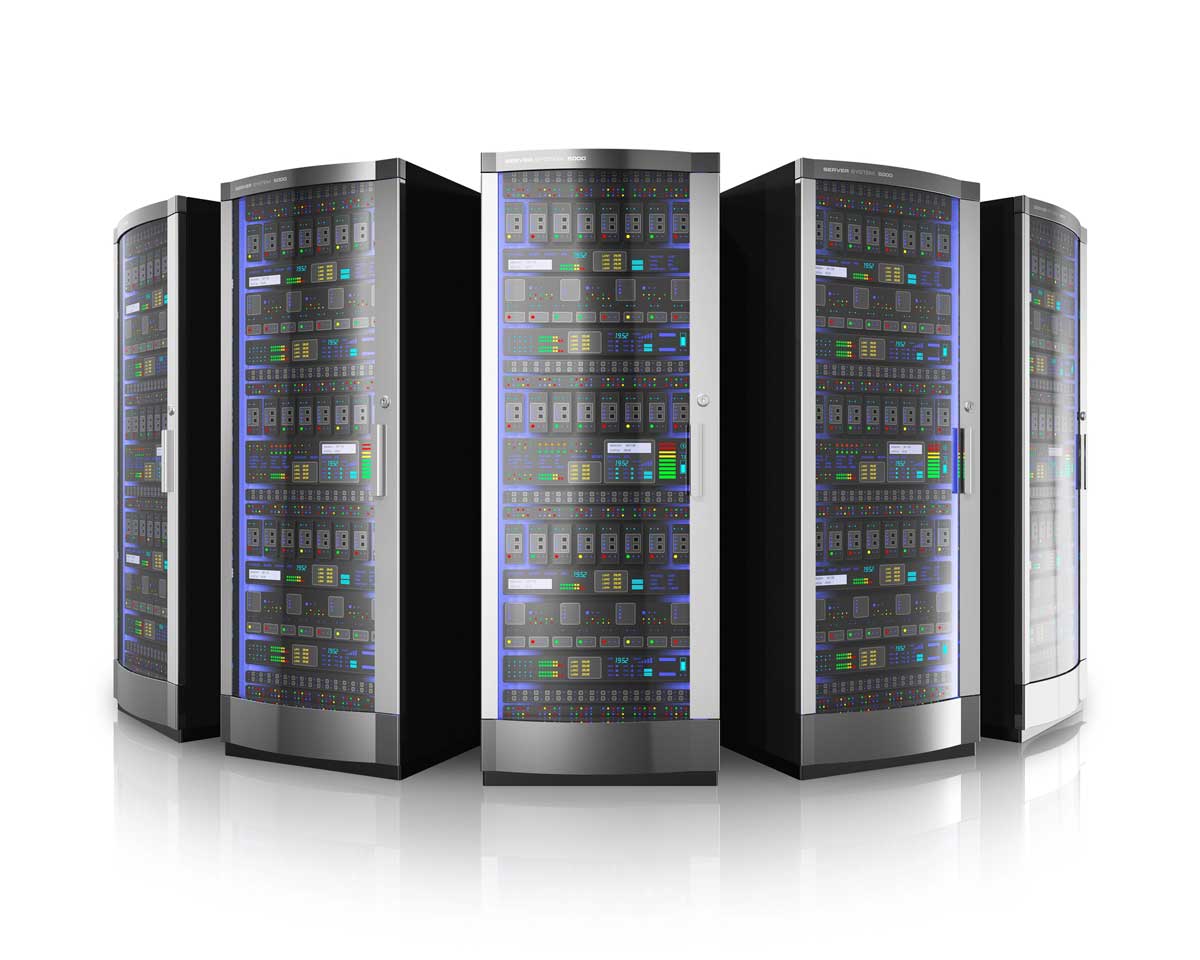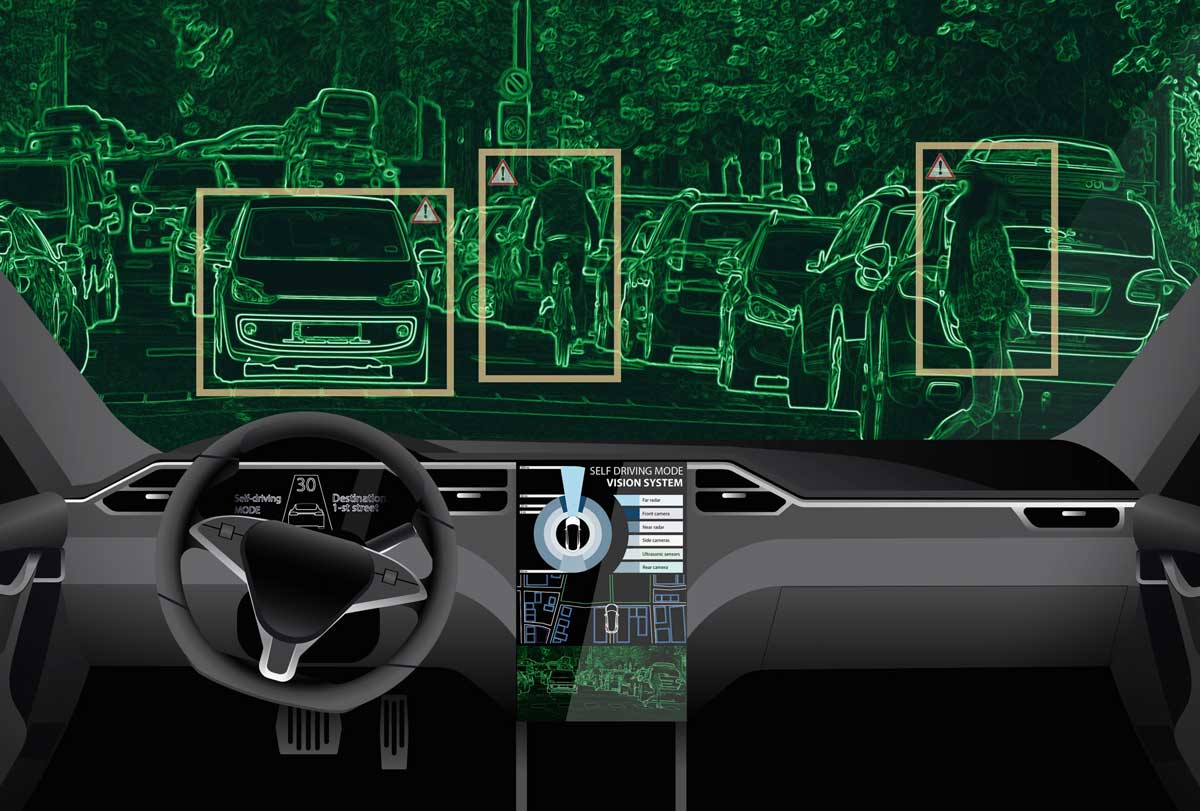The Internet of Things is nothing like it was just a few years ago. Throughout the past few years, we have seen a massive IoT explosion in not only businesses but people’s lives. Millions of home and businesses around the globe are now connecting more devices than ever, and it is not expected to stop anytime soon; in fact, it's become more advanced. According to some findings from Cisco Systems, there are expected to be 50 billion Internet-connected “things” by 2020.
So what will this mean for 2019 and beyond? Several IT industry experts predict how this will affect areas such as cloud and edge computing, businesses, robotics, cybersecurity and more.
Alan Conboy, office of the CTO, Scale Computing
 "Next year will be a defining year for edge and hybrid computing strategies as IoT and the global network of sensors pile on more data than the average cloud has had to handle in the past. This transition will officially crown edge computing as the next big thing."
"Next year will be a defining year for edge and hybrid computing strategies as IoT and the global network of sensors pile on more data than the average cloud has had to handle in the past. This transition will officially crown edge computing as the next big thing."
"According to a study from IDC, 45 percent of all data created by IoT devices will be stored, processed, analyzed and acted upon close to or at the edge of a network by 2020. In the process, edge computing will take on workloads that struggle on hosted cloud environments, passing the torch over to HCI platforms.”
Neil Barton, CTO, WhereScape
 “Over the next year, the number of companies that will harness IoT capabilities in a broader range of context will continue to expand rapidly due to technological advancements producing sensors that are smaller, cheaper and more effective. The challenge is no longer in the tech, but in the value organizations can extract from the data they collect, which can be like finding a needle in the data haystack. Now, only a year away from Gartner’s prediction that there will be 20 billion Internet-connected things online by 2020, there will be a data revolution as IT teams look to incorporate these new data sources into existing analytics environments and make insights quickly and easily accessible to the business."
“Over the next year, the number of companies that will harness IoT capabilities in a broader range of context will continue to expand rapidly due to technological advancements producing sensors that are smaller, cheaper and more effective. The challenge is no longer in the tech, but in the value organizations can extract from the data they collect, which can be like finding a needle in the data haystack. Now, only a year away from Gartner’s prediction that there will be 20 billion Internet-connected things online by 2020, there will be a data revolution as IT teams look to incorporate these new data sources into existing analytics environments and make insights quickly and easily accessible to the business."
"Due to the sheer volume of connected devices to become the norm in 2019, the only realistic solution is to embrace automation to ingest, transform and deliver real-time data and insight in a way that the business can use. Data automation can ensure that IT teams, whether old or new to working with streaming data, can absorb the astronomical volume of data on the horizon and be in a position to leverage its insights quickly.”
Alex Fielding, interim CEO, Ripcord
 “2019 is the year that robots move beyond manufacturing, supply chain and warehousing into the enterprise. Expect to see physical robots team up with software robots, artificial intelligence, and machine learning to find value in existing business data."
“2019 is the year that robots move beyond manufacturing, supply chain and warehousing into the enterprise. Expect to see physical robots team up with software robots, artificial intelligence, and machine learning to find value in existing business data."
"In the retail industry, expect to see robot salespeople aid shoppers in product discovery; in document-heavy industries such as financial services, legal and healthcare, robots that digitize many thousand boxes of paper records in a single day; in the construction industry, robots that build walls 10X faster with perfect safety records.”
Scott Parker, director of product marketing, Sinequa
 “I believe IoT is still in its nascent state, but with 2019 comes real progress. As sensors and actuators becoming increasingly integrated with related systems of information and engagement, intelligent personalization will follow. For example, when you tell your home AC to start up an hour before you get home from work, the system is going to follow that command whether it’s a holiday or you’re traveling."
“I believe IoT is still in its nascent state, but with 2019 comes real progress. As sensors and actuators becoming increasingly integrated with related systems of information and engagement, intelligent personalization will follow. For example, when you tell your home AC to start up an hour before you get home from work, the system is going to follow that command whether it’s a holiday or you’re traveling."
"A smarter version would check your calendar or maybe even your current location to adjust accordingly. 2019 promises a significant increase in the use of context for IoT that will provide the intelligence for a more personalized user experience.”
Stephen Gailey, solutions architect, Exabeam
 “2019 will see a continuation and probable acceleration of the Internet of Things (IoT) trend, with more devices becoming smart and getting connectivity. This inevitably will see more hacks and more botnets of previously inert decades. artificial intelligence turning on human kind is likely to be led by fridges and smart doorbells, rather than by Cyberdyne Systems’ Hunter Killers!"
“2019 will see a continuation and probable acceleration of the Internet of Things (IoT) trend, with more devices becoming smart and getting connectivity. This inevitably will see more hacks and more botnets of previously inert decades. artificial intelligence turning on human kind is likely to be led by fridges and smart doorbells, rather than by Cyberdyne Systems’ Hunter Killers!"
"The challenge here is that vendors relatively new to Internet-based systems have no history of having to build in security. The UK government adding voluntary codes is unlikely to do much to improve the situation, so 2019 will certainly see an escalation in attacks. These will start by controlling single function technology, either individually as a point of entry, or as part of huge botnets that are then used against third parties.”
Arno Witvliet, Chief Sales Officer, Leaseweb Global
 “IoT technologies are changing the game, but they are also putting companies reliant on legacy infrastructures at a disadvantage as they can’t support the advantage of this technology. In 2019, we expect to continue working on modernization projects for enterprises looking to adopt cloud – or at least a hybrid model – in order to experience improved connectivity with IoT devices."
“IoT technologies are changing the game, but they are also putting companies reliant on legacy infrastructures at a disadvantage as they can’t support the advantage of this technology. In 2019, we expect to continue working on modernization projects for enterprises looking to adopt cloud – or at least a hybrid model – in order to experience improved connectivity with IoT devices."
"IT and business leaders should learn as much as they can about hybrid cloud and plan for a future with ubiquitous IoT. You can’t flick a switch and immediately transform an organization’s entire architecture, which takes time to plan and scale. A hybrid approach will allow you to establish the right mix of application hosting options and keep pace with the ongoing IoT revolution.”


























